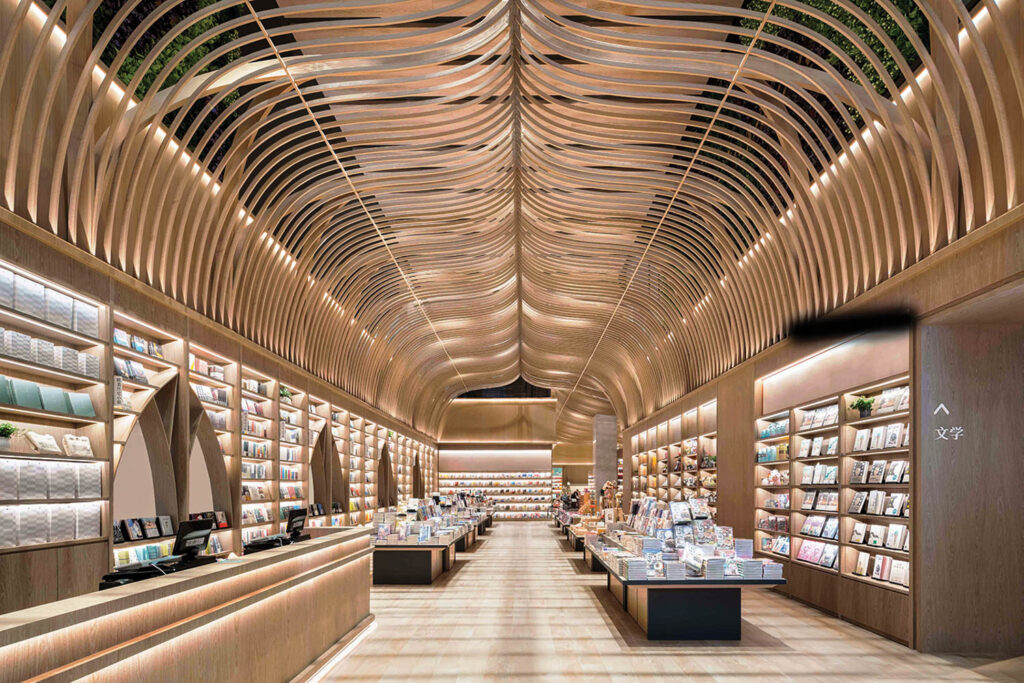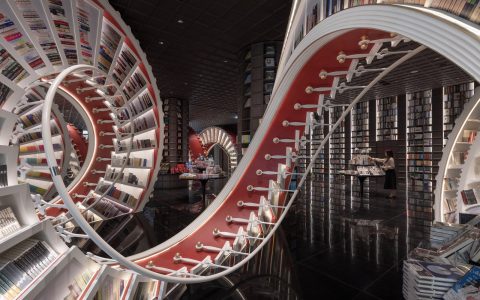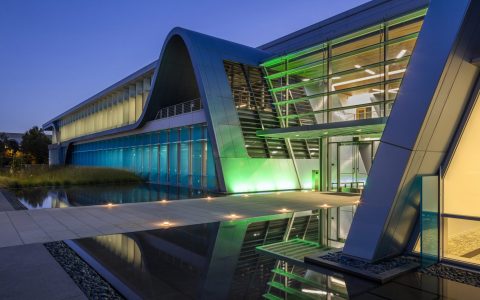A bookstore's interior design is crucial for creating an inviting atmosphere that encourages browsing, discovery, and purchase. Effective design balances aesthetics with functionality, transforming a retail space into a haven for book lovers.
Layout and Customer Flow
The layout dictates how customers navigate the space. A well-planned flow enhances the browsing experience and can guide customers towards specific sections or promotions.
- Clear Pathways: Ensure aisles are wide enough for comfortable movement, even during busy periods. Avoid dead ends.
- Logical Zoning: Group genres cohesively. Consider adjacencies, like placing fiction near young adult, or cookbooks near lifestyle sections.
- Visibility: Design for clear sightlines across different sections. Low shelving in central areas can improve openness.
- Decompression Zone: The area immediately inside the entrance should allow customers to orient themselves without feeling overwhelmed.
Shelving and Display Strategies
Shelving is not just for storage; it's a primary merchandising tool. Variety and thoughtful placement are key.

- Varied Heights and Depths: Mix standard shelving with lower units for children's sections or taller units for maximizing stock in specific areas.
- Face-Out Displays: Crucial for highlighting new releases, bestsellers, or staff picks. These are more visually engaging than spine-out displays.
- Thematic Merchandising: Create displays around themes, authors, or events to capture interest. Endcaps and standalone display units are effective for this.
- Accessibility: Ensure shelves are reachable and that there's adequate space for maneuvering, considering customers with mobility aids.
Lighting Design
Lighting profoundly impacts mood and readability. A layered approach is most effective.
- Ambient Lighting: Provides overall illumination. Aim for a warm, comfortable level.
- Task Lighting: Essential for reading nooks and directly on shelves to ensure book spines and covers are clearly visible. Undershelf LED strips are a good option.
- Accent Lighting: Spotlights can draw attention to special displays, artwork, or architectural features.
Atmosphere and Comfort
Creating a welcoming and comfortable environment encourages customers to linger.
- Seating Areas: Incorporate comfortable chairs, benches, or small tables. Reading nooks offer a sense of privacy and coziness.
- Color Palette: Colors influence mood. Warm, earthy tones or calming blues and greens can create a relaxing atmosphere. Accent colors can add vibrancy.
- Materials and Textures: Natural materials like wood can add warmth. Consider durability and maintenance. Soft furnishings can add comfort.
- Acoustics: Manage noise levels to maintain a relatively quiet environment conducive to reading and browsing. Soft surfaces can help absorb sound.
Wayfinding and Signage
Clear signage is essential for a positive customer experience, helping them find what they're looking for efficiently.
- Clear Genre Signage: Use legible fonts and place signs prominently at the end of aisles or above sections.
- Directory: For larger stores, a map or directory near the entrance can be very helpful.
- Consistent Branding: Ensure signage style is consistent with the overall brand identity of the bookstore.
Checkout Area
The point of sale should be efficient and well-organized.
- Sufficient Counter Space: Allow room for transactions, bagging, and potentially impulse buys.
- Clear Queuing: If space allows, define a clear queuing area to manage customer flow during busy times.
- Visibility: The checkout should be easily locatable from most parts of the store.
In summary, a thoughtfully designed bookstore interior prioritizes customer experience through logical flow, appealing displays, appropriate lighting, and comfortable amenities. This enhances the pleasure of book discovery and ultimately supports business success.








